Film Review - The Boy and the Heron
Images courtesy of Sony Pictures Publicity Australia.
Many of Hayao Miyazaki's films focus on the idea of ageing but his most recent work The Boy and the Heron takes a surprisingly different tack. Miyazaki’s usual angle is coming of age: young children will discover love, explore magical worlds and learn self-reliance. The Boy and The Heron's focus is, instead, the end of life.
It opens with the main character, Mahito, racing to discover his mother killed in a fire-bombed hospital; ideas of death permeate the film. There is grief and ageing, but also thoughts of resolution and reflections on the life lived. This is, perhaps, an unsurprising focus for a film that, judging by Miyazaki’s age, 82 years, and the seven-year production time, is likely to be his last.
After reversing his decision to retire in 2013, Miyazaki began working on The Boy and the Heron in 2016. The production battled through Covid lockdowns and the greatly reduced speed at which Miyazaki could work - only creating about a minute of animation per month. This glacial pace led some to believe that the film might never be finished. Thankfully these worries were unfounded and Miyazaki has created a characteristically gorgeous work. Miyazaki’s mastery of his art is clear in shimmering background characters in the opening flashback, evoking both the heat of the bombs and a half forgotten memory. Similarly, the scene in which Mahito surveys his garden looking for the titular heron only for it to fly directly from the sun, is so detailed and lush it almost comes across as showing off.
According to producer Toshio Suzuki, the film is a message left to Miyazaki’s grandson, saying "Grandpa is moving onto the next world soon but he is leaving behind this film.” The position of The Boy and The Heron as a message to a younger generation is clear. Miyazaki is looking back at his life, including several autobiographical elements such as fleeing Tokyo to escape the American bombing campaign and a father involved in the production of fighter planes. Although Miyazaki’s mother was hospitalised for spinal tuberculosis, she survived the war and lived until 1980. Similarly, the character of The Tower Master seems to be a Miyazaki self-insert. The Master’s creation of the magical world in which the film takes place is a clear representation of Miyazaki’s own work. A fact visualised through the magical stone that gives The Master his power. Black and rippling, the stone resembles an inky thumb print, Miyazaki’s own maker's mark on his world.
As the film comes to a close, Miyazaki’s message becomes clear: go on to create your own worlds, ones untainted by my own biases and malice.
Poignant and beautiful, The Boy and the Heron is both an interesting shift in theme and an excellent addition to Miyazaki’s extensive canon. While I, of course, hope there are more films to come, this would be a fitting endpoint for the career of one of film makings’ greatest.
Follow Auley on Letterboxd and YouTube.
The Boy and the Heron is screening in cinemas from Thursday 7th December.

